Bloom Where You’re Planted!
(This post has been modified slightly, having first been published in our local newspaper, The Mountaineer, on August 12, 2020.)
As the rain and the snow come down from heaven, and do not return to it without watering the earth and making it bud and flourish, so that it yields seed for the sower and bread for the eater, so is My Word that goes out from My mouth: It will not return to Me empty, but will accomplish what I desire and achieve the purpose for which I sent it (Isaiah 55:10-11–NIV).
Near the end of her fifth-grade year, just as all this pandemic craziness started to take root, our daughter was given an assignment—completed at home, of course. To tangibly teach the water cycle, her teacher asked that students create a terrarium. Our daughter did so, planted a little sprout in a half inch of soil on the lid of a canning jar. Before placing the glass container over the tiny plant, she watered it gently, then set it in an east-facing window.
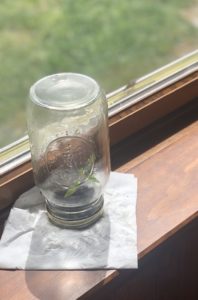
As each day passed, she continued to meet with her class online—checking her terrarium daily to assess the plant’s progress. Much to her surprise, it grew quickly. The water cycle was witnessed, little droplets having formed on the interior of the jar as moisture evaporated from the soil. The sunlight worked its magic, creating a perfect space for a growing sprout.
In what seemed like the blink of an eye, the plant had stretched toward the top of the terrarium. On the day our daughter cyber-graduated from fifth grade, we knew it was time for her little sprout to move on, as well.
With great care, we transplanted it outside in an old wooden Coca-Cola carrier, nestled next to other seeds and sprouts she’d planted—creating a little community. Watered and set in sunshine, the garden grew—carrots and tomatoes, as well as several mystery plants that we watched, the suspense growing day by day.
Over time, we moved several small plants from her box garden to more sustainable locations, and today, the end of summer quickly approaching, there are only several plants remaining in the carrier. One in particular has caused us to marvel—hitting home a paradox that is pertinent, especially at this time.
Her little sprout has blossomed beautifully. A sunflower, it stretches toward the sun. Even on cloudy days when its life source can’t be seen, this cheerful herald offers a reminder.
Its message?
Bloom where you’re planted!
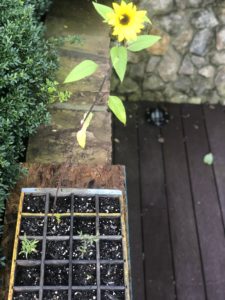
To teachers who are trying to balance a new class of students—understand better how to teach virtually for this season, while perhaps trying to encourage their own children who may be students themselves—Bloom where you’re planted!
To rising kindergarteners, sixth-graders, or ninth-graders who are lamenting not getting to experience the beginning of a new academic year in a new school with many new, friendly faces—Bloom where you’re planted!
To every student, every teacher and administrator, each resource officer and guidance counselor, every bus driver, custodian, and cafeteria worker, as well as to each and every parent—Bloom where you’re planted!
Indeed, no matter who you are–yes …
Bloom where you’re planted!
Despite disappointment, disillusionment, and the battle with many unknowns, each of us has the opportunity to set our faces toward the sun and let our roots grow deep. Though we may feel like joy has, at times, evaporated from our days, this continuing Covid season is just that—a season. This, too, will eventually pass—one day.
Until then, be like our merry sunflower. Make the most of each situation, choosing to bloom—no matter where that might be or what circumstances one faces—right where you are.
And remember: When we look to the Son, we’re promised to flourish—that we might …
“Go out with joy and be led forth with peace” (Isaiah 55:12a—NIV).
Dear Jesus, help us bloom right where You plant us–for Your glory and the good of those around us! Amen.
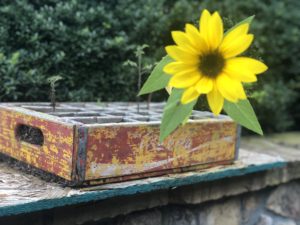
Related Posts
2 Comments
Comments are closed.
Search
Subscribe to Blog via Email
Categories
- At Home (173)
- God's Word (180)
- His World (198)
- Uncategorized (5)

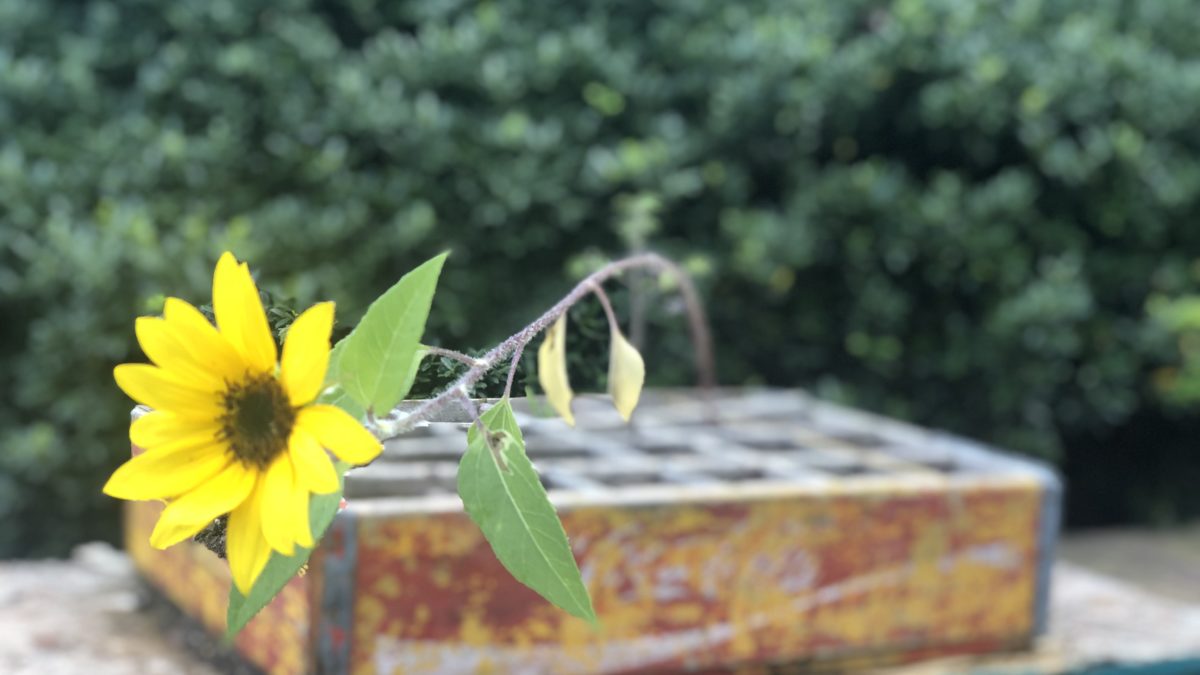


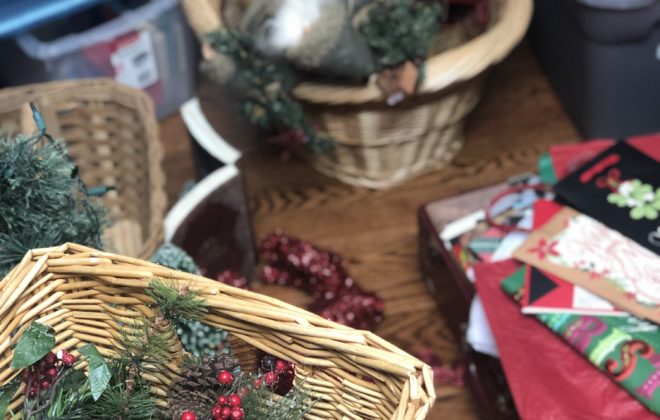
I read this in our local paper and meant to comment then! It was so fun to see your byline. We also read it aloud yesterday at our CWF meeting.
Thank you, dear Maggie. Missed being there but I was “blooming” right here where I’m / we’re planted for this season! Always appreciate your encouragement!